
HOW FOUR COMPANIES INFILTRATED GOVERNMENTS AND TOOK HOME $10 BILLION
How the Big 4 Audit and Consultancy Firms Infiltrated Governments (in Australia) and took home


A shrinking Japanese population is fueling a trend of urbanites buying up cheap vacant homes in the countryside.
By David McElhinney Published On 14 Jul 2023
According to official statistics, there are about 8.5 million abandoned homes in Japan, but estimates suggest that number could be closer to 11 million. In this article, David McElhinney of AlJezeera discusses the emerging trend of urbanites fleeing from the major cities in Japan.
The article from AlJezeera got me thinking about how changing demographics in Japan compare with the situation in Canada. Both countries are aging rapidly. Both are highly urbanized. In fact, at 37 million inhabitants, there are almost as many people living in Tokyo as live in all of Canada (approximately 40 million). Yet Canada is still among the most highly urbanized countries in Canada.
How do our two countries compare with each other, and with other countries around the world?
For one thing, Japan’s population has begun to decline over the last 25 years.
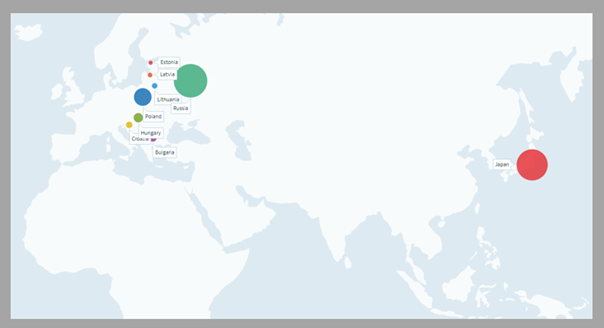
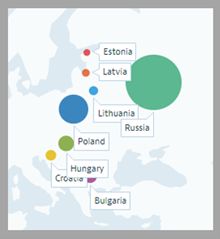
Note that almost all the other OECD member countries with declining populations are in Eastern Europe. The only exception is Japan.
The OECD comprised 37 member countries (and the EuroZone) in 2021. Only one of these was in South America[1]. Populations continue to increase throughout most of Africa and South America. But data for most of these countries isn’t always shown separately in OECD data.
While populations may not be declining in most of Asia, Africa, and South America, fertility rates have fallen below 2.1 children per woman, which is considered necessary to maintain population levels – just about everywhere but Africa.
[1] Colombia became a member in 2020.
In 2023 the fertility rate for the world as a whole has fallen to 2.31. In virtually all the advanced economies, it is well below 2.1[1].
[1] See Fertility rate: children per woman – Oxford University’s “Our World in Data”
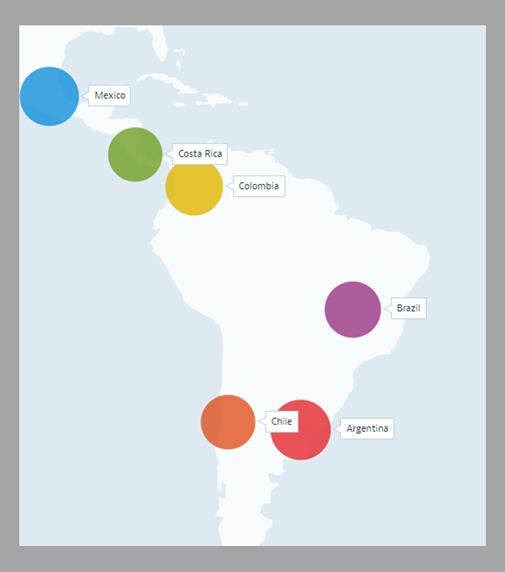
Only fertility rates in Africa still exceed replacement. The world’s 2 largest countries – India and China are now both below the 2.1 threshold.
See Fertility rate: children per woman – Oxford University’s “Our World in Data”
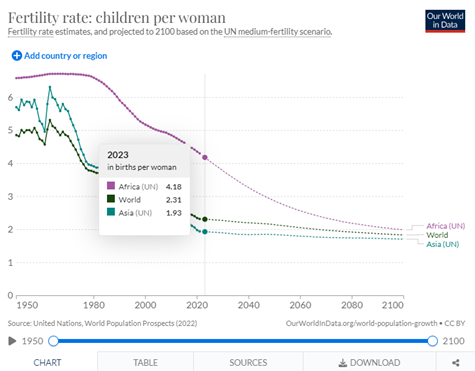
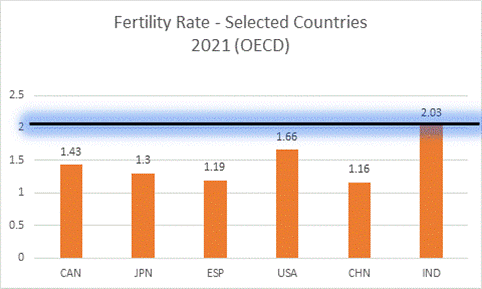
In Canada, despite an aging population and very low fertility rates, we have a serious problem regarding both the cost and supply of housing.
Why?
Are we so addicted to the notion of economic growth that we are using immigration to delay the inevitable?
The world’s population is declining. That reality will eventually benefit us. In our view, we need to accept that fact and adapt to it.
Our global culture has strained the capacity of the planet to sustain us. Numerous powerful interests are aligned against any decline in production, consumption, and profits. We have been transformed into units of consumption.
But is more always better?


How the Big 4 Audit and Consultancy Firms Infiltrated Governments (in Australia) and took home

How the Big 4 Audit and Consultancy Firms Infiltrated Governments (in Australia) and took home 10 billion – Youtube Video As a former senior manager
For latest journal updates
You have successfully joined our subscriber list.